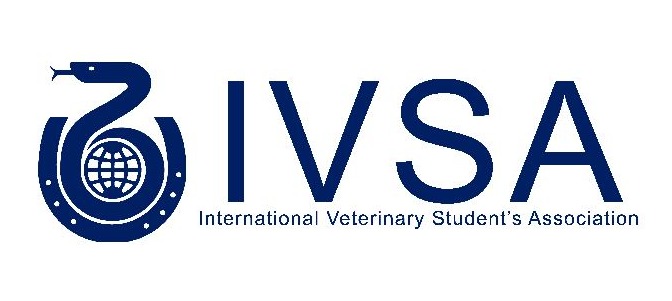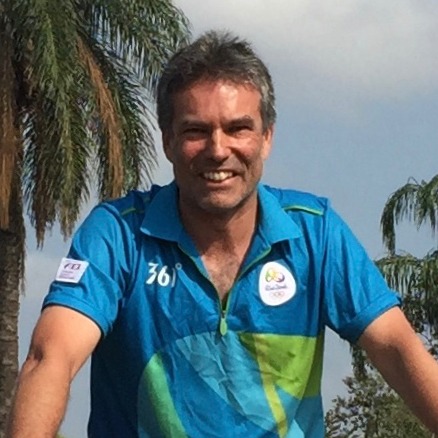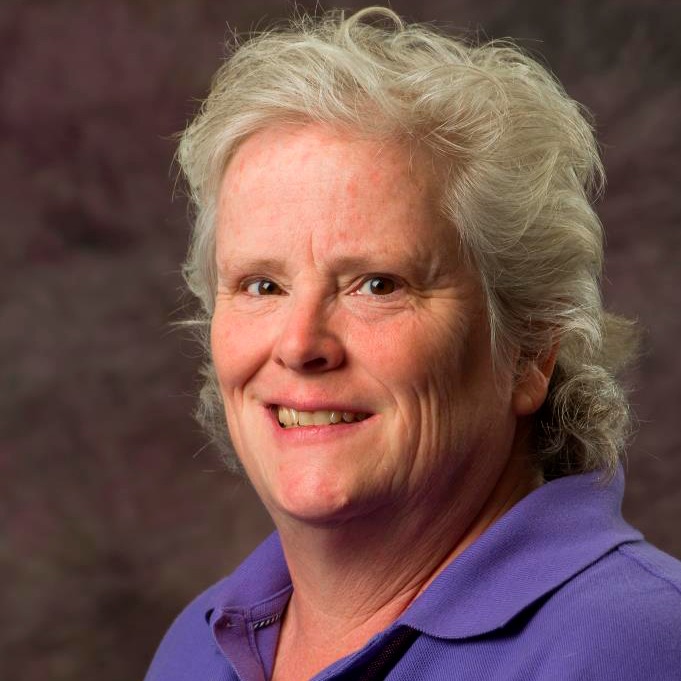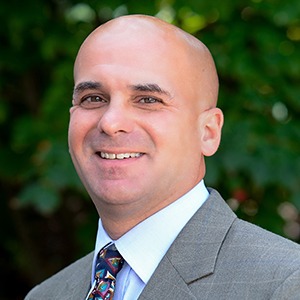Effective Treatment of Subchondral Bone Cysts
Species
Equine
Contact Hours
3 Hours
Early Booking Deadline
Thu, 01 January, 1970
Registration Deadline
Thu, 01 January, 1970
Language
English
Discipline
Diagnostic Imaging
Orthopaedics
Sports Medicine
Surgery
Industry Partners
Global

Veterinary Partners
Global


Recorded on: 29th September 2020
Panelists:
Elizabeth Santschi DVM, DACVS – Kansas State University, USA
Bruce Bladon BVM&S, CertEP, DESTS, DECVS, FRCVS – Donnington Grove Veterinary Group, UK
Ryland Edwards DVM, PhD, DACVS, DACVSMR – Fairfield Equine, USA
Moderator:
Anton Fürst Dr.med.vet., DECVS – University of Zurich, Switzerland
CONTENT DESCRIPTION
Over the past few years new information about subchondral bone cysts (SBC) has come to light. Increased use of CT and MRI diagnostics has revealed that SBC are common in the horse, occur in many different bones and locations and that trauma is an important aetiologic factor leading to development of SBC. Common treatment choices for SBC fall broadly into two categories: non-surgical (steroid injections) and surgical (drilling, screw placement or curettage ± packing). Dependent on the anatomic location and cause of SBCs, they might require different treatments.
As part of this panel discussion the following points will be debated by the panelists:
Pathophysiology & Diagnostics
• Relevance of “dimple” lesions of the stifle & radiolucent indentations of the medial femoral condyle on pre-purchase radiographs
• Subchondral Bone Cysts, subchondral cystic lesions or subchondral lucencies – Which terminology is most appropriate?
• What’s the exact aetiogenesis of SBC: Genetic-OC, Trauma, others?
• Are radiography and ultrasound sufficient to fully image SBCs or should we routinely use MRI or CT?
• Should we treat sound horses with SBC detected on radiographs?
Treatment Options
• Medication of bone cysts with cortisone – Effective long-term treatment or only short-term fix?
• Should age, breed, type and level of work and type of lesion influence our treatment options (conservative vs. surgery
• Best surgical therapy – Curetting, filling and/or screwing? Should a screw always be placed or could drilling alone be enough?
• Resorbable, stainless steel or titanium screws for the treatment of SBC – Which generates the best results?
• Should stainless steel screws always be removed?
• Does the location of the SBC influence the decision on treatment options?
• When filling the cyst, which material is today considered the gold standard?
Prognosis / Long-Term Outcome
• Long-term outcome comparison between conservative and surgical therapies
• Pre-purchase exam of horses with SCBs that have been successfully treated with a screw…
Prof. Dr. Anton Fürst is a Diplomate of the European College of Veterinary Surgeons (ECVS) and the head of the Equine Hospital of the Vetsuisse Faculty, University of Zurich. This department offers an overall high caseload on clinical patients every year. The technical expertise and interests of Dr. Fürst cover all fields of equine surgery, and he has already performed several studies about kicking injuries, first aid and osteochondrosis in horses. Currently, his main research focuses on equine orthopaedics. In particular, he is interested in the treatment of subchondral cystic lesions (SCLs) in horses. Dr. Fürst strives for new treatment strategies to improve the healing of SCLs. Therefore he investigated the etiology and pathogenesis of SCLs and is developing new, biologically active filling materials to be injected in the cystic cavity after debridement. After in vitro characterization and proof of efficacy of new materials, the clinical caseload offers future opportunities for their clinical application.
Bruce is the hospital director at Donnington Grove Veterinary Group in Newbury. His interests include colic, arthroscopy and fracture repair. He has been one of the pioneers of surgery in the standing horse, and he is one of the most experienced equine surgeons in the UK. He has lectured and taught around the world on the techniques and results of equine surgery.
Dr. Edwards grew up in Virginia and gained exposure and a desire to pursue veterinary medicine by working in his father's veterinary practice.
Ryland's veterinary education began at the University of Georgia where he graduated in 1990. This was followed by an internship, residency, Masters of Science, and clinical instructorship at Cornell University. He achieved Diplomate status in the American College of Veterinary Surgeons in 1996 while working at Belmont and Aqueduct racetracks in New York. He was most recently a Clinical Assistant Professor at the School of Veterinary Medicine at the University of Wisconsin-Madison where he completed a PhD in veterinary science. Dr. Edwards has been actively involved in research of equine upper airway disorders, fracture healing, and the management of cartilage injury. His clinical interests are focused on surgical disorders and the diagnosis and management of poor performance in the sport horse.
When Dr. Edwards is not busy at Fairfield Equine, he enjoys time with his wife, Lynn, who is also a veterinarian, and three young boys. He tries to stay fit through running.
Veterinary Student
Online Panel Discussion
USD 35.00
Qualified Vet
Online Panel Discussion
USD 85.00
Intern/Resident (Requires proof of status)
Online Panel Discussion
USD 65.00
Vet Nurse/Vet Tech (Requires proof of status)
Online Panel Discussion
USD 65.00
If the options you are looking for are unavailable, please contact us.
No tax will be added unless you are a UK taxpayer
Choose currency at checkout


















